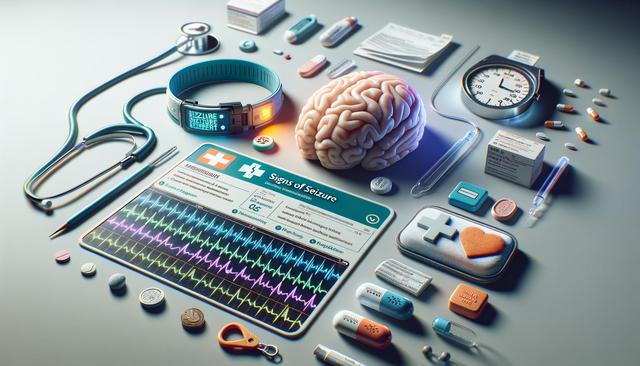Pain and Discomfort Around the Surgical Site
It’s not unusual for patients to experience pain around the area where the spinal surgery was performed. This discomfort typically stems from tissue trauma during the procedure and the natural healing process. While the intensity and duration of pain vary from person to person, persistent or increasing pain may indicate complications like infection or hardware irritation. Most of the time, pain subsides with proper rest, physical therapy, and the gradual return to daily activities. However, it’s essential to monitor the pain and consult a healthcare provider if it worsens or interferes with basic movements like walking or sitting upright.
Some common causes of post-operative pain include:
- Swelling or inflammation near the incision
- Nerve irritation or pinching
- Scar tissue formation
Physical therapy often plays a crucial role in managing this pain, helping to restore function and mobility while avoiding strain on the healing spine.
Nerve-Related Symptoms
One of the goals of spinal surgery is to relieve pressure on the nerves. However, nerve-related symptoms such as numbness, tingling, or weakness can sometimes persist after the procedure. In some cases, these symptoms may even temporarily worsen before improving. This is because nerves often take longer to heal than other tissues in the body, and their recovery can be unpredictable.
Patients may experience:
- Ongoing numbness in the legs, arms, or lower back
- Sensations of pins and needles
- Muscle weakness in the limbs
If symptoms do not gradually improve or if they worsen significantly, further evaluation by a specialist might be necessary. Techniques such as nerve conduction studies or imaging can help assess the underlying cause and guide further treatment.
Limited Mobility and Stiffness
After spinal surgery, it’s common to face reduced flexibility and stiffness in the back or neck. This happens because the muscles and ligaments around the spine may become tight or weakened during recovery. For those undergoing spinal fusion, the reduced motion in the fused segments can contribute to long-term mobility challenges.
To manage stiffness and regain movement, rehabilitation exercises are crucial. These are typically guided by a physical therapist and may include:
- Gentle stretching routines
- Low-impact aerobic activities like walking or swimming
- Strength-building exercises for core muscles
Adhering to a consistent routine can help reduce stiffness and support a smoother recovery. Avoiding prolonged sitting or standing also plays a part in maintaining spinal mobility.
Infection and Wound Healing Issues
Although relatively rare, infection remains one of the more serious complications following spinal surgery. Signs of infection include redness, swelling, increased pain, warmth around the incision site, and sometimes fever. Prompt recognition and treatment are vital to prevent the infection from spreading to deeper tissues, including the spine itself.
Factors that increase the risk of infection include:
- Smoking
- Diabetes
- Obesity
- Poor nutrition
Proper wound care is essential. Patients are usually advised to keep the surgical site clean and dry, avoid soaking in water (like baths or pools), and follow specific dressing change instructions. If any symptoms of infection appear, seeking medical attention promptly can prevent more severe complications and support faster healing.
Hardware Complications and Implant Issues
In procedures involving spinal hardware, such as rods, screws, or cages, there is a risk that these implants may shift, loosen, or cause irritation. Hardware complications can lead to pain, reduced mobility, or a need for revision surgery. Though these issues are uncommon, they tend to occur in patients with osteoporosis, poor bone healing, or improper post-operative care.
Common signs that may indicate hardware problems include:
- A return of pain after a period of improvement
- Sensations of instability or clicking in the back
- Visible swelling or abnormal contour at the surgical site
Ongoing follow-up with imaging, such as X-rays or CT scans, helps ensure that the hardware remains in place and functions as intended. In some cases, non-surgical interventions like bracing or physical therapy can manage symptoms. However, significant issues may require surgical correction.
Conclusion
Spinal surgery can bring relief and improved quality of life, but it’s important to stay aware of potential post-operative challenges. Pain, nerve symptoms, stiffness, infection, and hardware issues are among the common problems that may arise during recovery. By following medical advice, attending therapy sessions, and monitoring for unusual symptoms, patients can support their long-term healing and reduce the risk of complications. Always consult a healthcare provider if there is any concern during the rehabilitation process, as early intervention often leads to better outcomes. Staying informed and proactive is key to a successful recovery journey.


